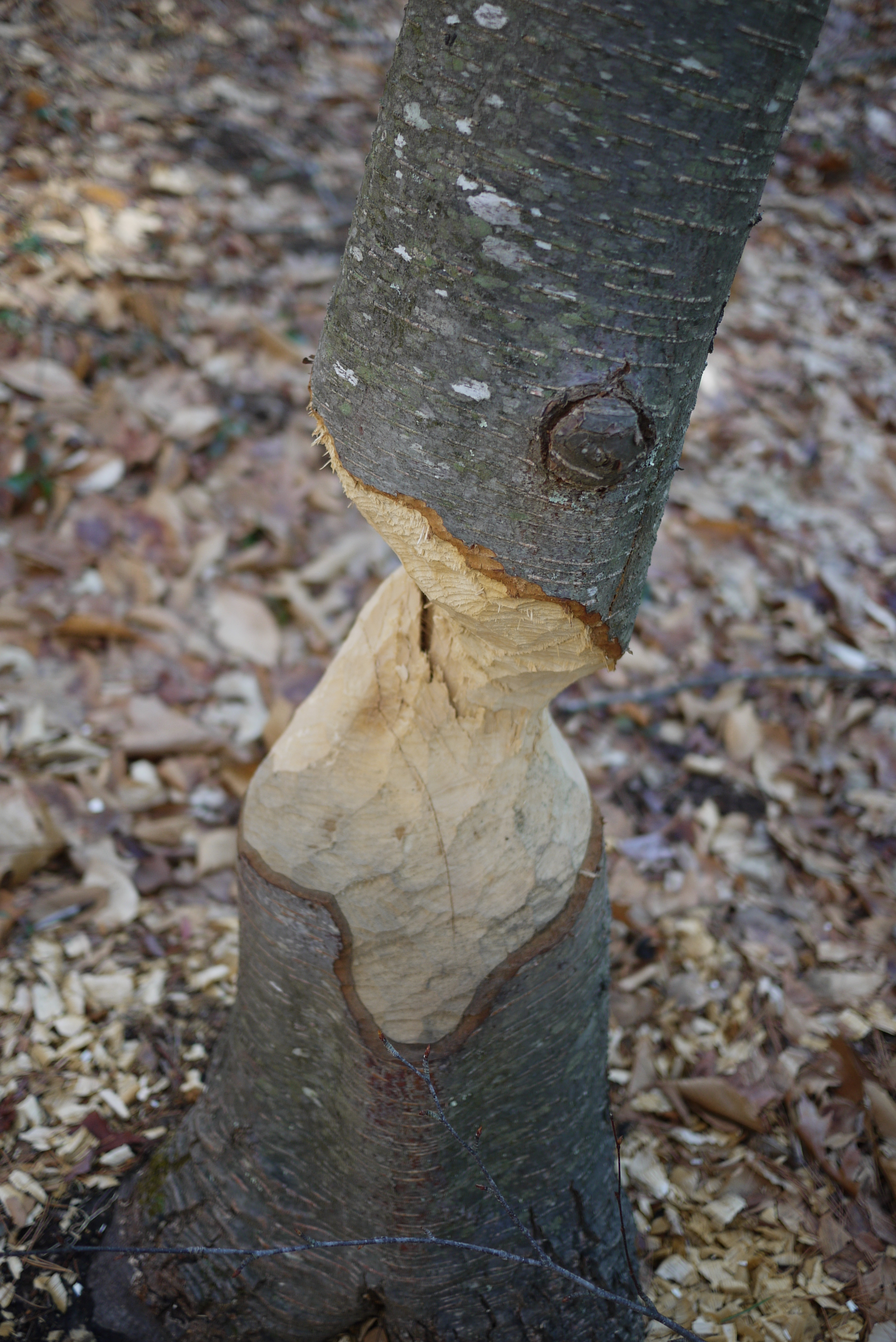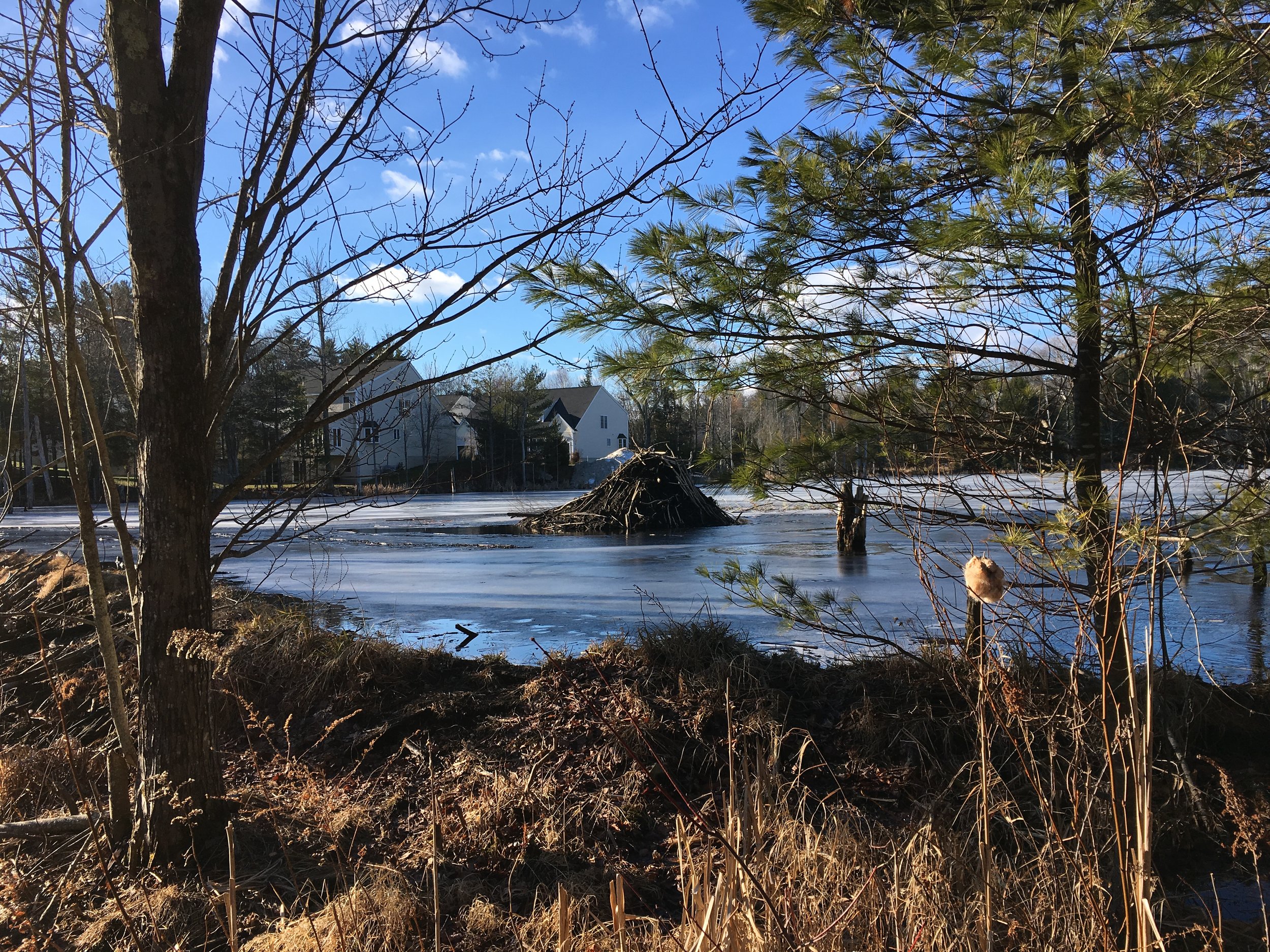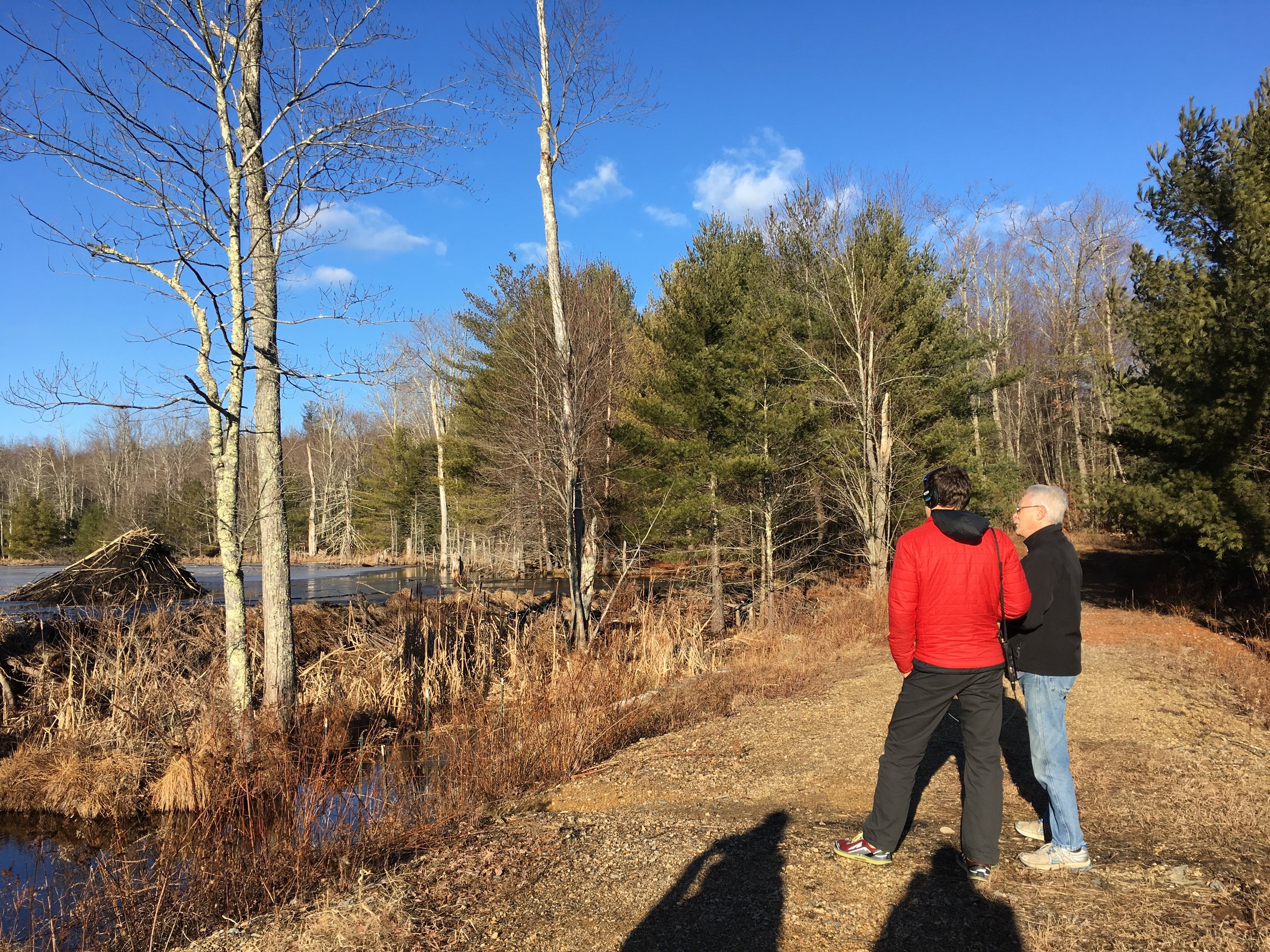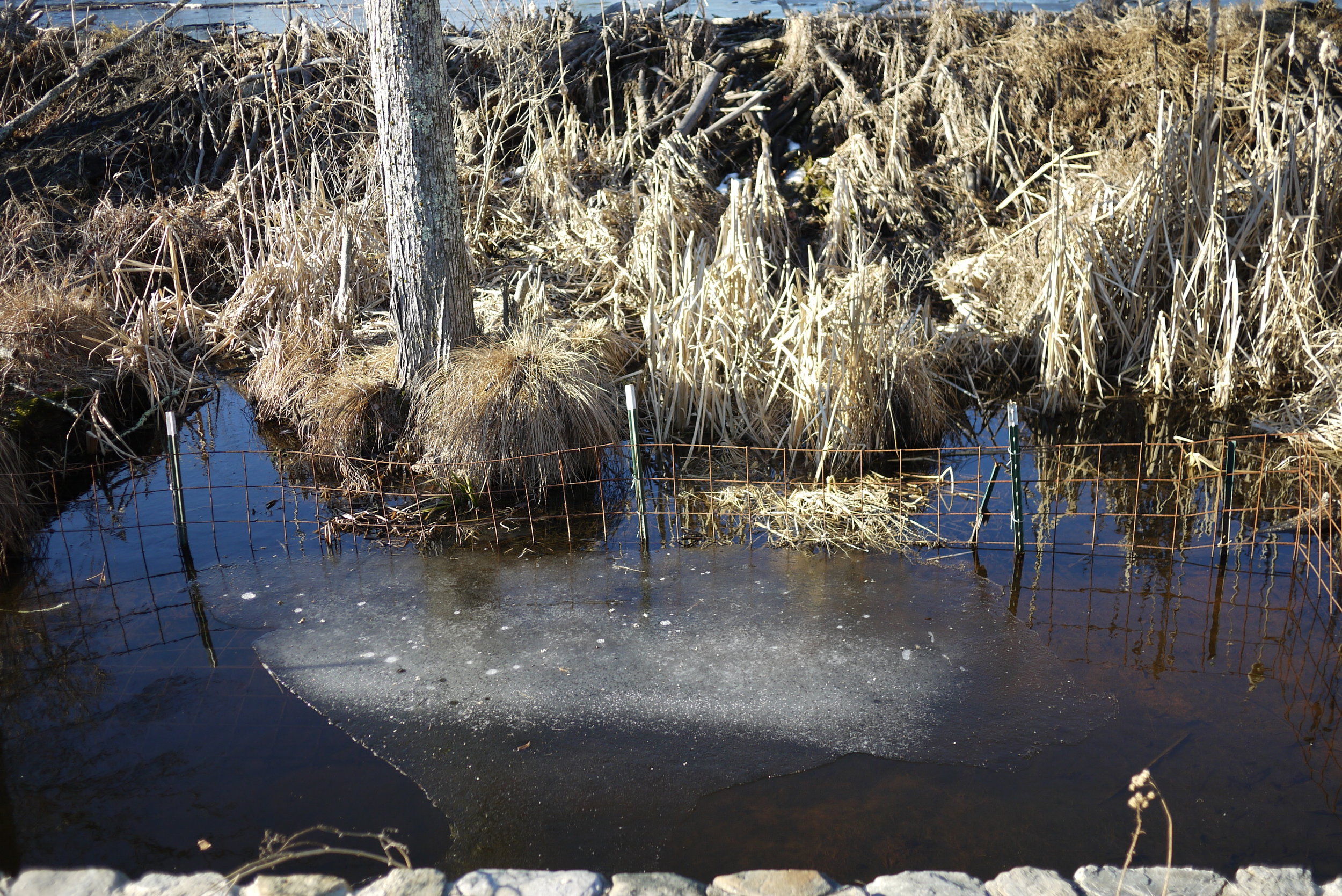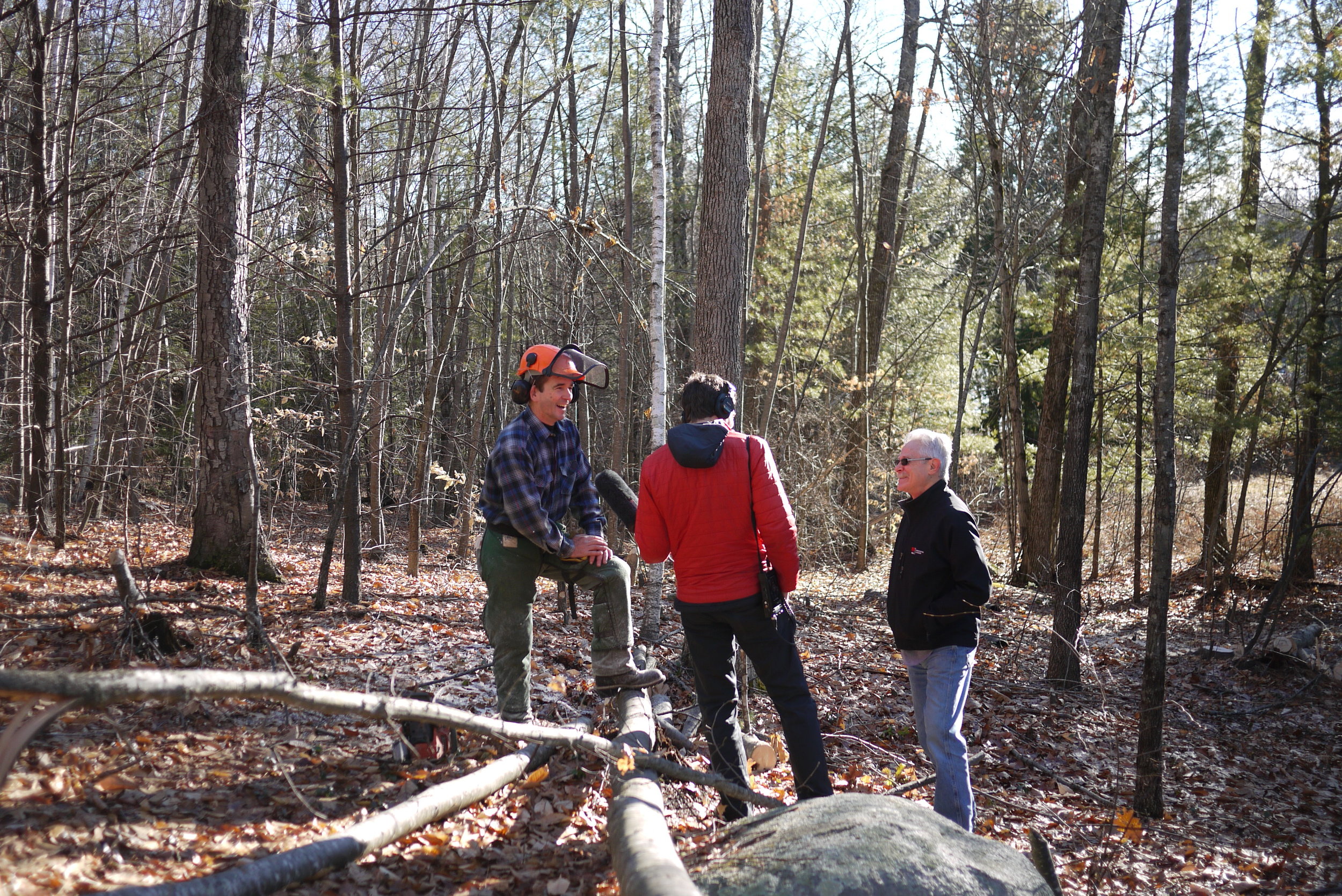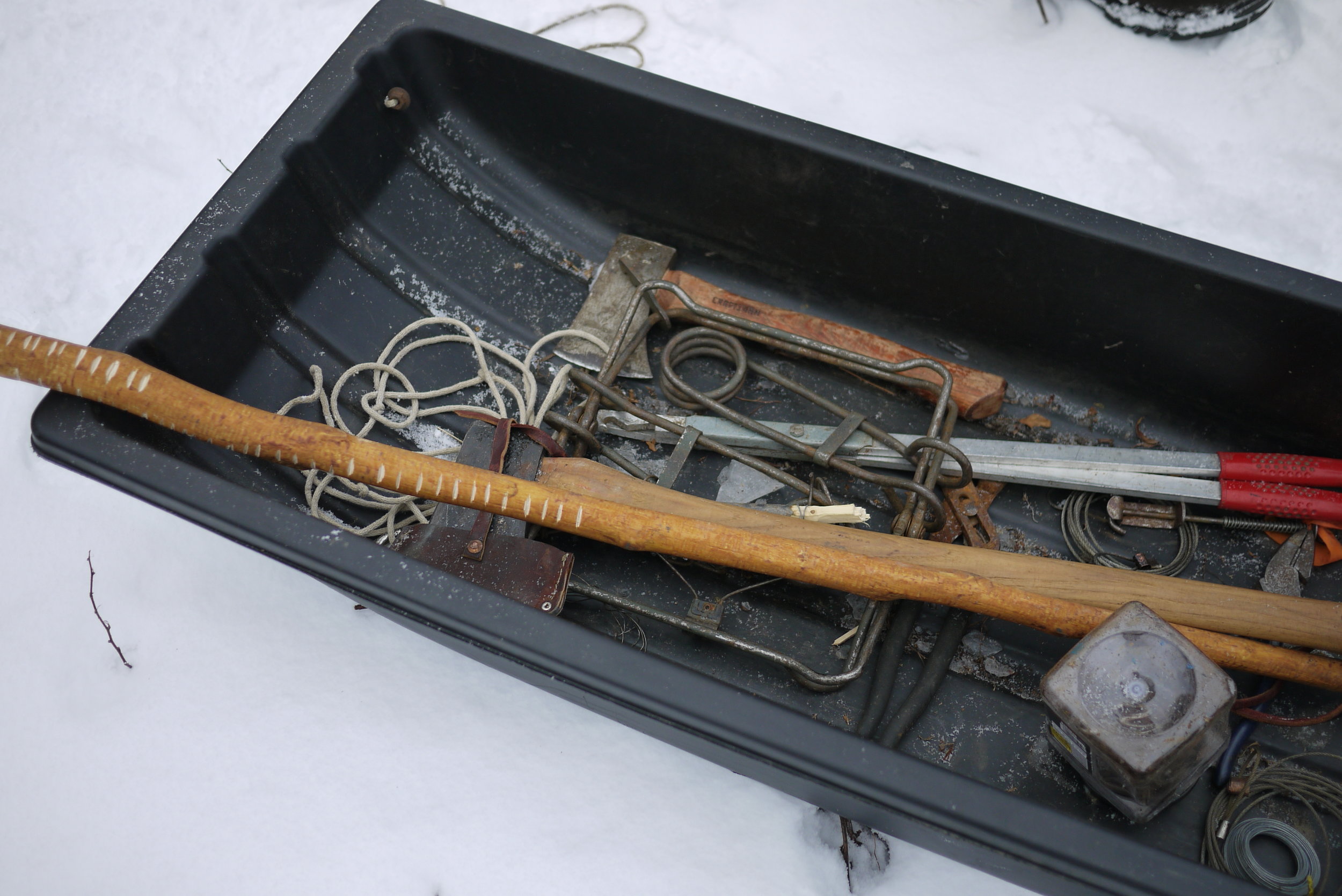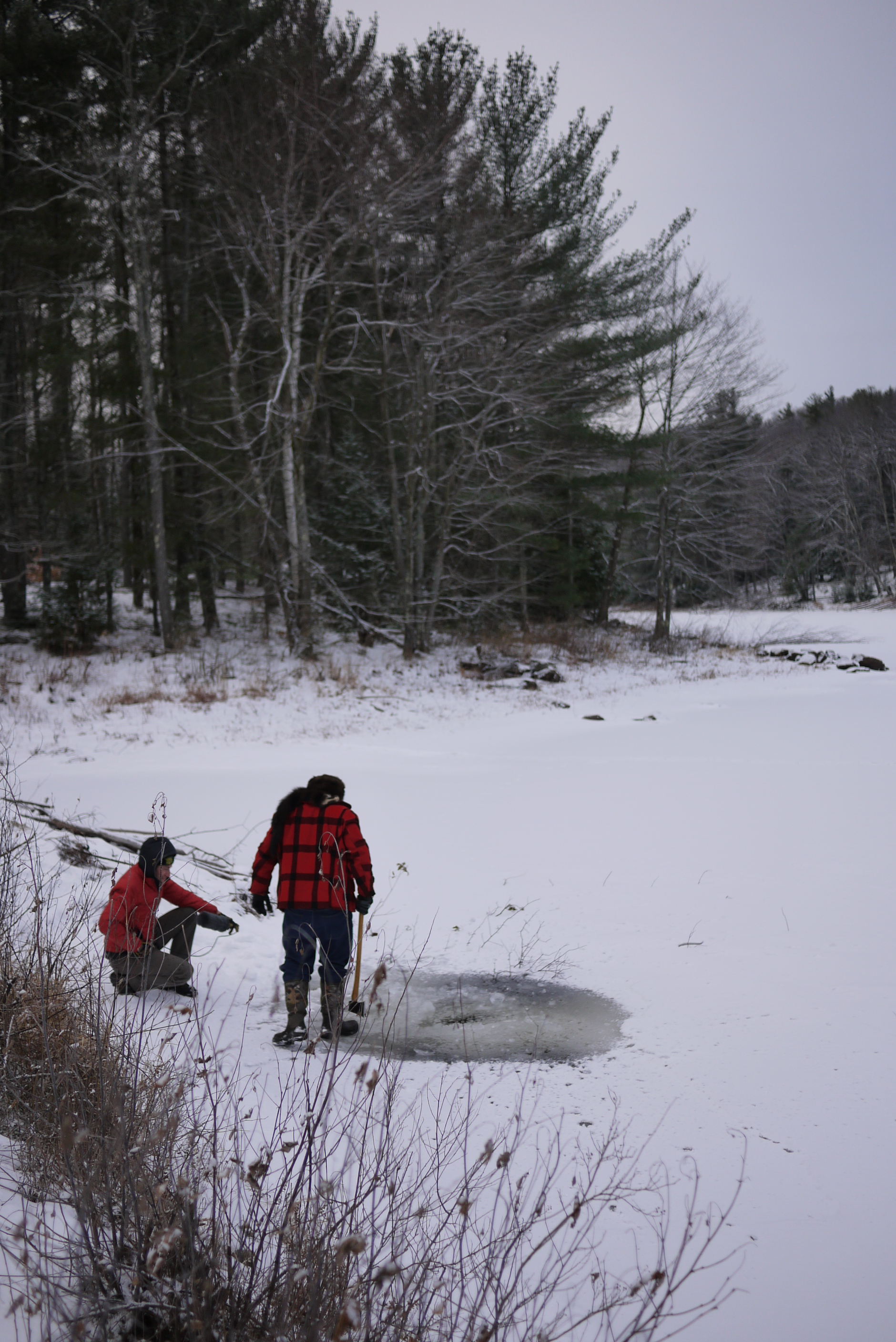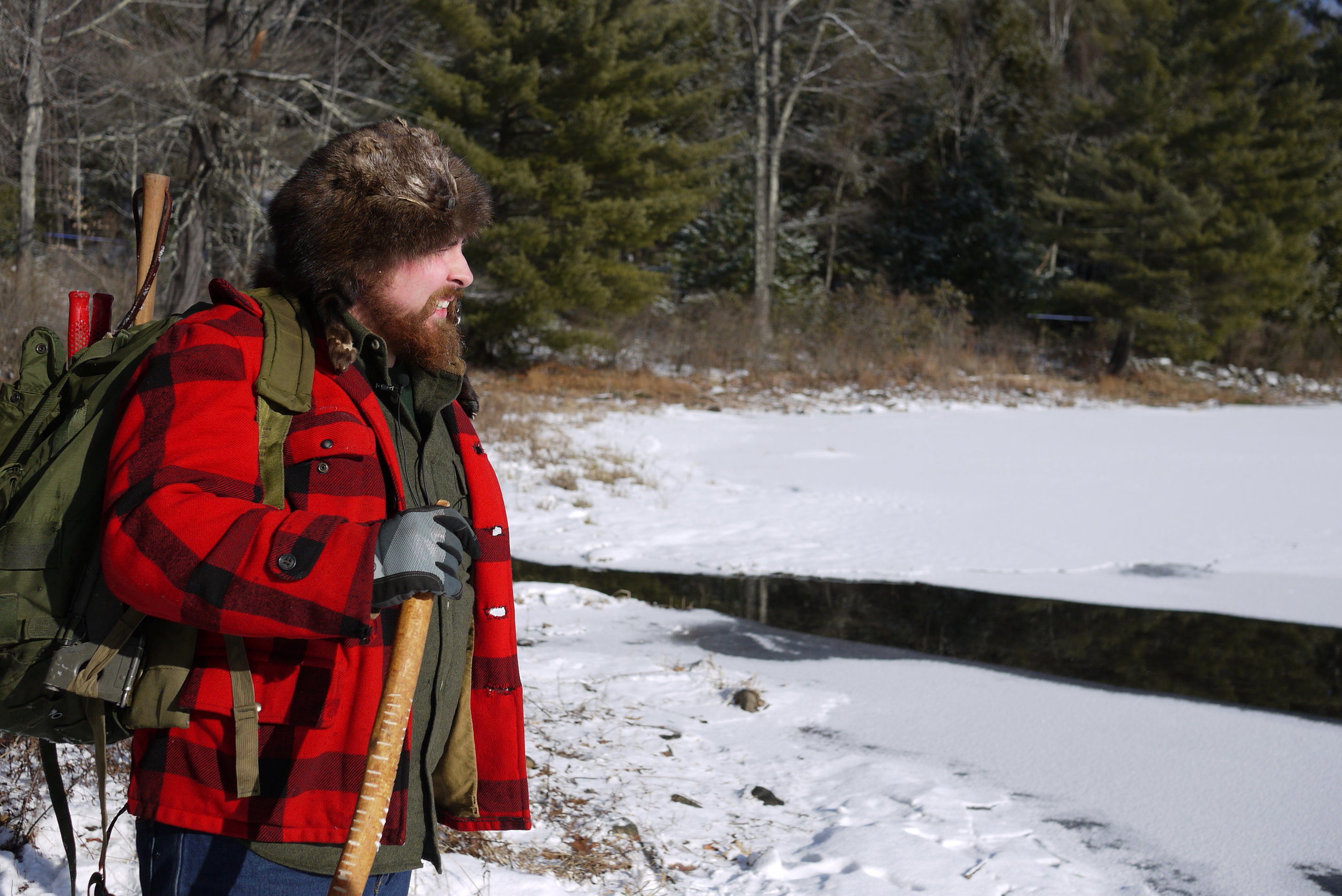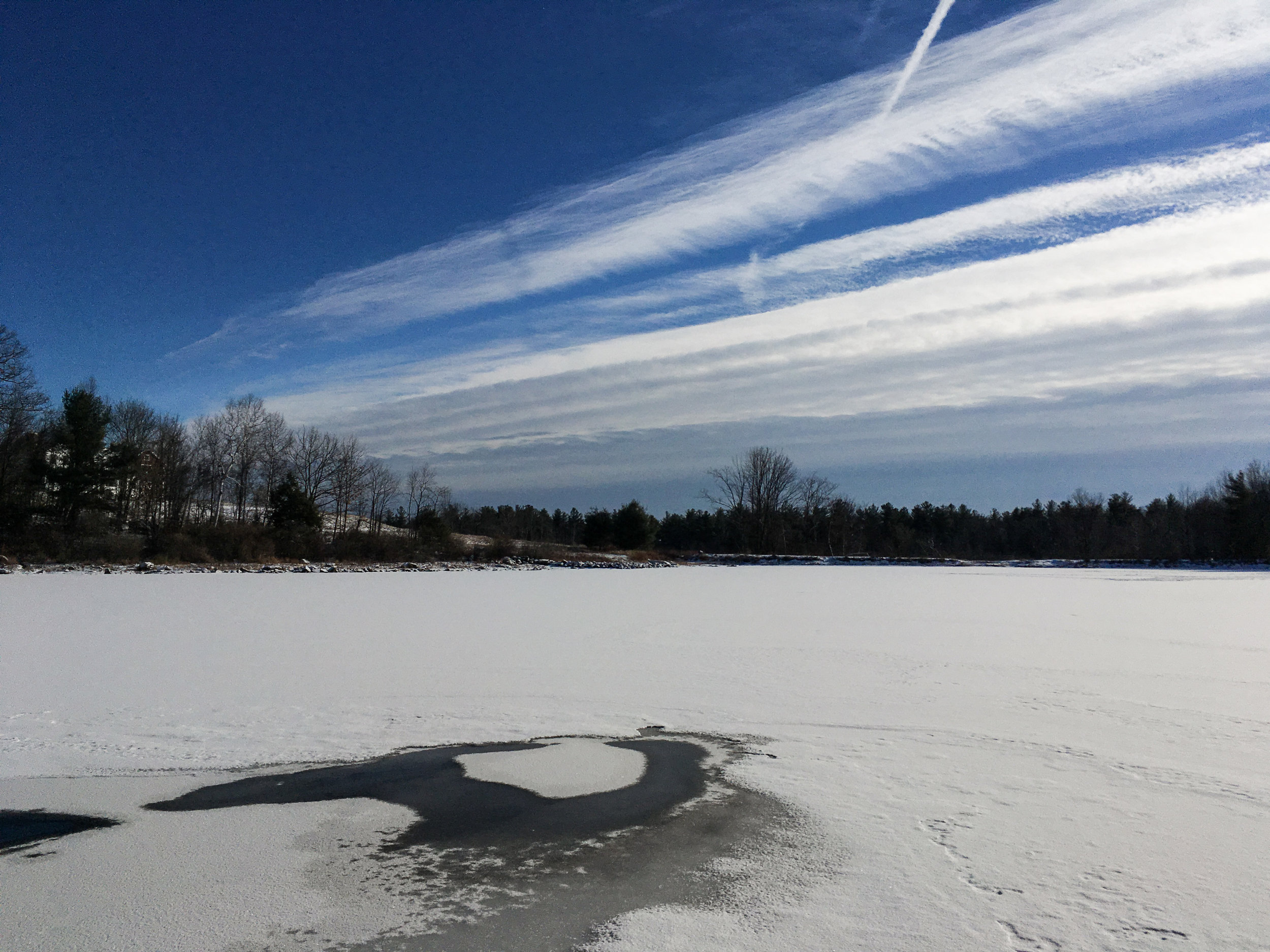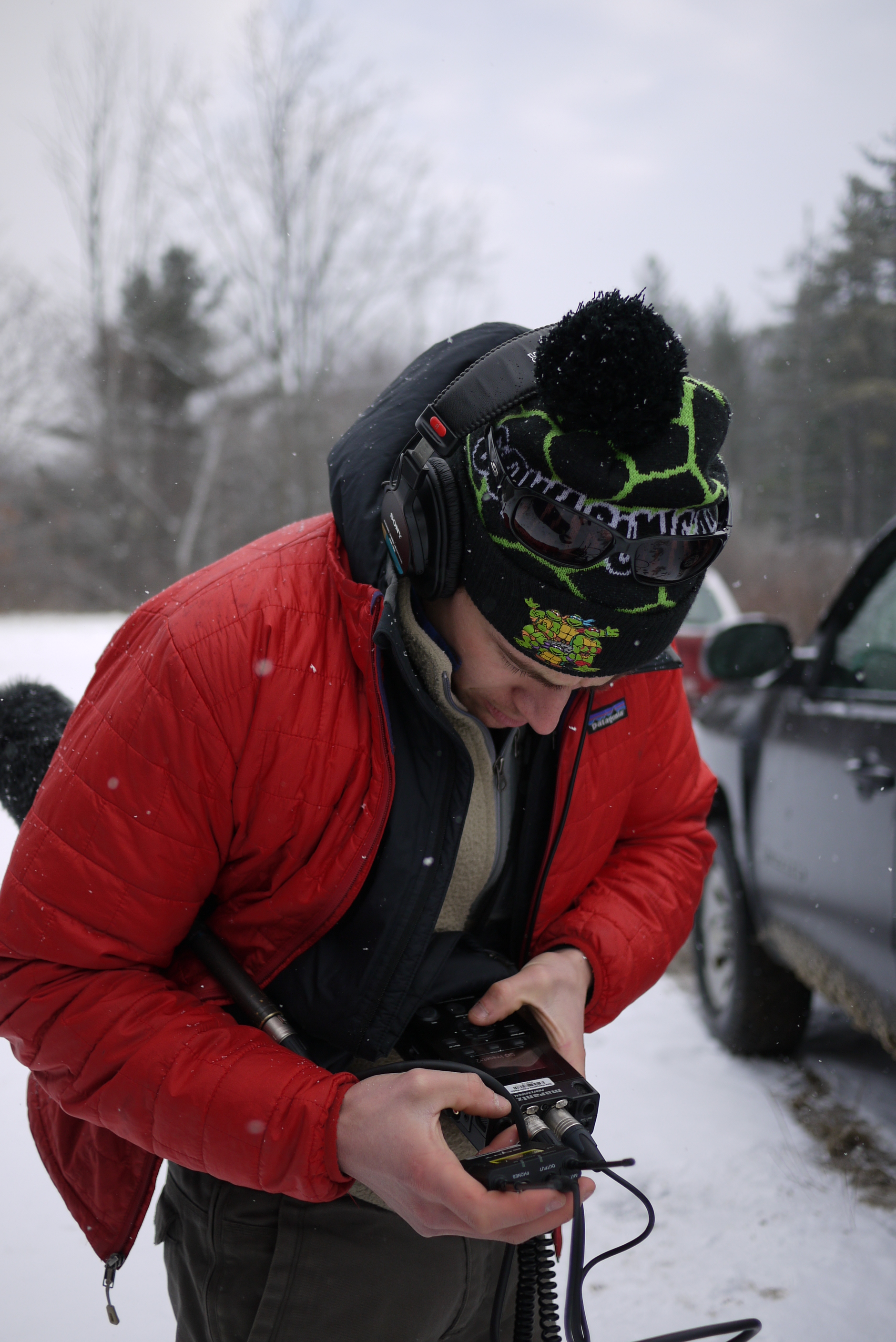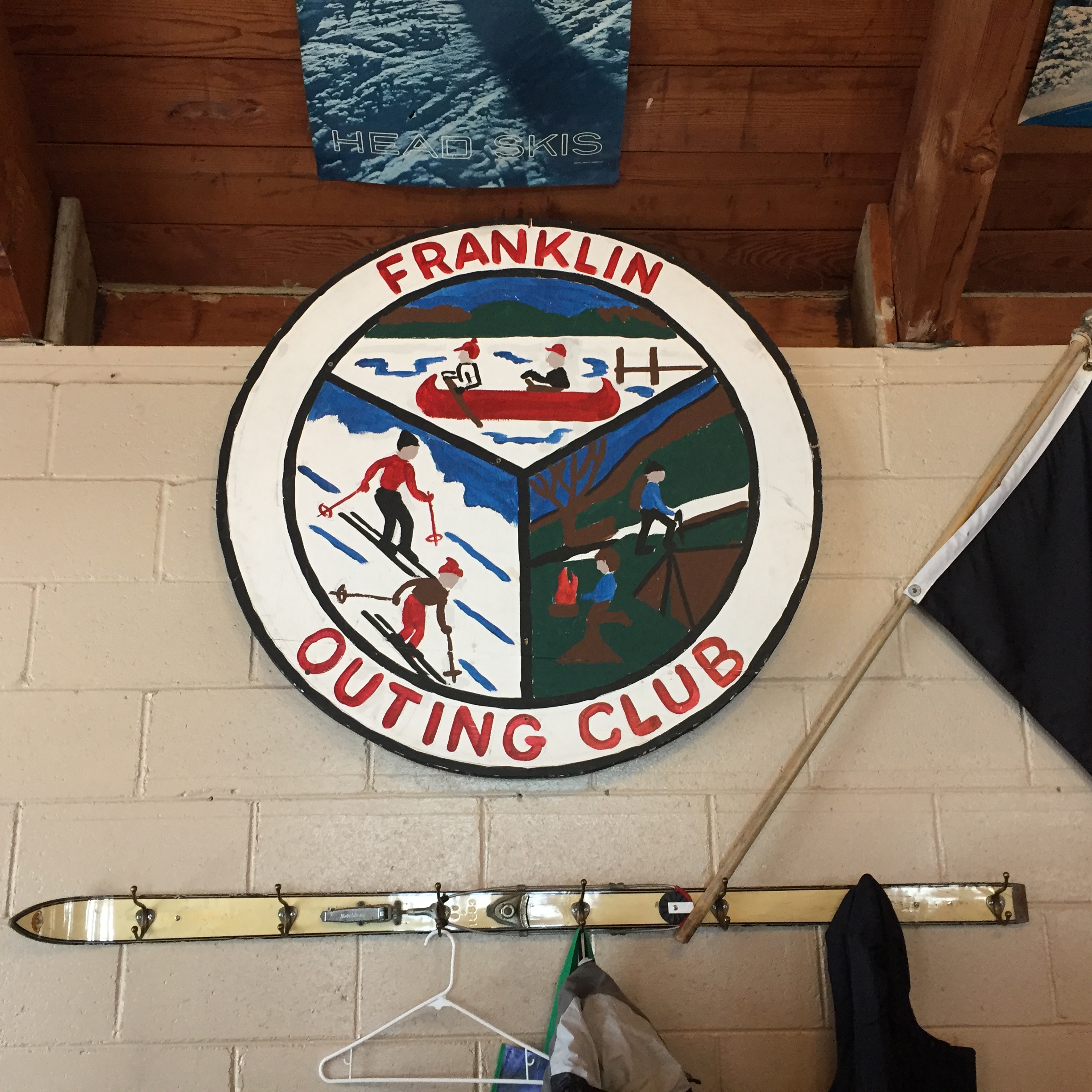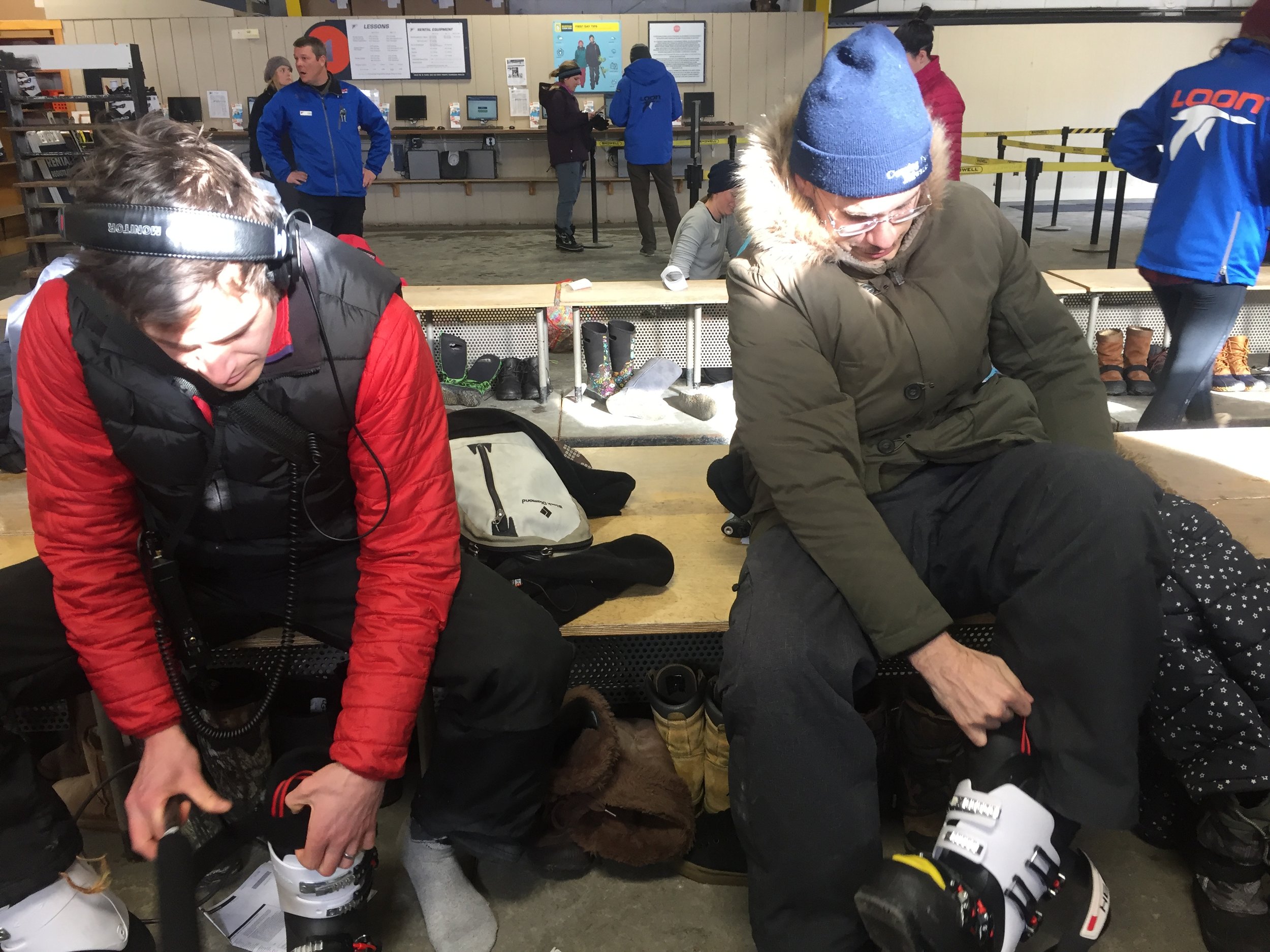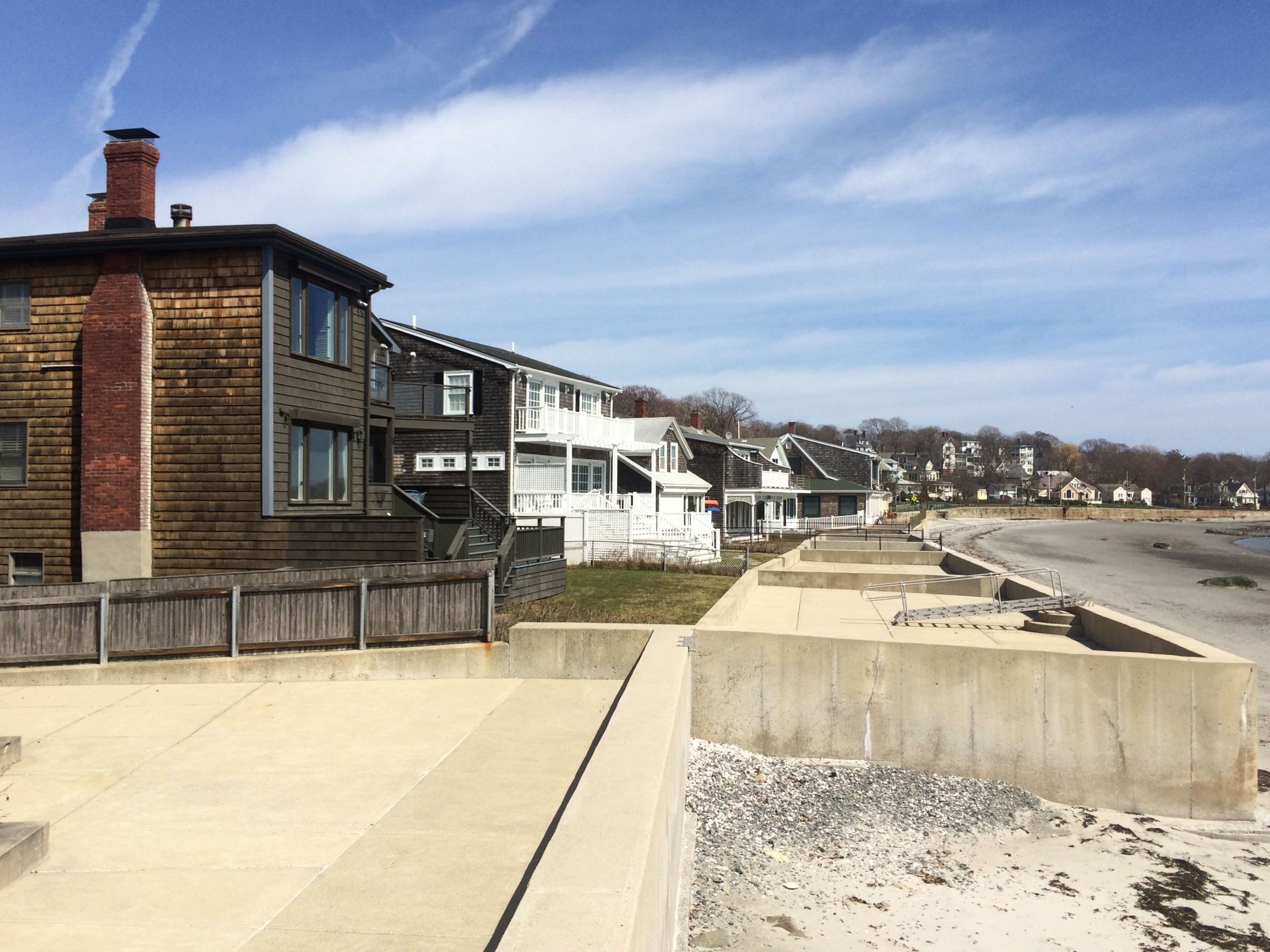Ask Sam Round-up
Since we launched the toll free version of our Ask Sam hotline, 1-844-GO-OTTER (844-466-8837), we've seen a real healthy uptick in queries. This time around we decided to ask Chris Martin of the New Hampshire Audubon, and Dave Anderson from the Forest Society to join Sam in our quest to answer your questions about the outdoor world. We've got everything from the geometry of wombat feces to planting trees by the light of the moon.
Question 1: Matt in Australia asks
"I do a bit of hiking up in the highlands where I live, and I noticed that wombats actually poo in cubes, so I did a bit of research and it said it stops it from rolling down hill. I was wondering if that would be beneficial, or not, to them?"
Oh, Matt... Matt, Matt, Matt. You do know this show is based in New Hampshire, right? Your average New Hampshire naturalist is about as likely to know the difference between a wombat and a wallaby as we are to know how to survive a week in the bush in your shockingly deadly country. Regardless, we're nothing if not resourceful, and I can find you an answer.
The standard answer that you can find swimming around on the internet is that wombat poop is square to help mark their territory, but we called up Alyce Swinbourne, a PhD candidate at the University of Queensland, who is a little bit internet famous because she has figured out how to make wombats pee on demand. She doesn't buy the cube-shaped-scat-so-it-doesn't-roll-away explanation. "They're not a territorial animal," she says, "and they tend to have a latrine. They just go to a common area, where they poo."
Alyce thinks this is basically just an odd quirk resulting from wombats' incredibly efficient digestive process. "Essentially where they live is a semi-arid environment, and so their gut basically tries to compact and draw out as much water as possible... and so they come out as really compact, really really dry little bricks." She says that when working with wombats in captivity, who have constant access to water, this square shape goes away." They would look like little love hearts, or kidney bean shapes."
There you have it, Matt. Sometimes things, like wombat poop, are just weird.
Question 2: Sally from Dover, New Hampshire asks
"I was hiking this morning with my dog near Great Bay in Durham and I looked out over the water and I saw two swans and I took my phone out and I took some pictures, because I thought this was an exciting rare bird siting. But then I thought, I couldn't imagine that swans are native to New Hampshire. So I was wondering if swans are an invasive species? Were they someone's pet that got loose? I'm curious and I'd like to know."
So many of our listeners come up with questions while wandering around outside! I love it!
Our resident bird-guy is Chris Martin, NH Audubon's senior biologist, and he was all over this question. North America does have two native swans—the trumpeter swan and the tundra swan, also known as the whistling swan after the noise its wings make in flight. However, his guess was that the bird Sally saw in Great Bay was most likely a mute swan, a bird introduced from Europe by wealthy folks who wanted the graceful birds to adorn their sprawling estates. Mute swans are big eaters, and can be very aggressive towards other waterfowl, (and hell, even towards people, as this poor soul found out) so local biologists aren't huge fans of them and many states have programs in place trying to reduce the population.
Ok, you've Asked Sam, now Sam Asks: why are all the swans named after the sounds they make/don't make?
Question 3: Tim asks
"Yesterday I was planting trees in my yard, and last night as I was lying in bed with the full moon's brightness kinda keeping me up, I thought about that old thing about, if you dig a hole during a full moon and you try to put all the soil back in during the wane moon, the soil won't fit in? Or it will? But my question translates to, does the volume of the earth, change with the moon? It's a broad question, but I'm curious."
This question has been around FOREVER. You can find it discussed on gardening blogs, physics forums, and yes, the pages of the Old Farmer's Almanac. I personally don't think there's much of a question here: sometimes you dig a hole and fail to gather up all of the dirt that you scattered about and it seems like you've got too little, other times, (because you're probably digging a hole to put something in it) you fill your hole back up and there seems to be too much. But maybe I'm just a kill-joy. [Editors note: Sometimes Sam is a kill-joy. Other times he's just a party-pooper.]
However, this whole question of planting by the moon is "as old as dirt," according to Janice Stillman, editor of the Old Farmer's Almanac. The basic idea, she says, is that traditionally people believed that one should plant root crops when the moon is waning [going from full to new] and above-ground crops when the moon is waxing [going from new to full]. This belief "dates back to the ancients, and even the earliest almanacs dating back to the Egyptians were astrological," she explains.
However, if you try to practice evidence-based gardening, you should know that it doesn't seem that anyone has really studied this in a controlled trial; probably because the science-y-est of the of science-y feel this is a silly question. That doesn't mean its not worth doing—Stillman says its a great way to "learn to observe" the natural cycles around us—and hey, it can't hurt.
Question 4: Bennett from Belfast, Maine asks
"I've had something that's been bothering me for a while, it has to do with this e-vo-lution and i was just thinking about, the other day, we was talking about shahks and they ain't changed much in a long time. But I'm under the impression that every generation of shahk that comes out or anything else for that matter, you got yourself, some of 'em, that are wicked suited to the environment that they was born in. And there's some of 'em that wahnt. And when you got an environment doesn't change much, then the ones that are most successful id be the ones that haven't mutated or nothin'. Dey ain't changed. So is that e-vo-lution in that situation or is there some other word for that? That's what I been wonderin'." [Editor's note: we really tried to capture the essence of this question in writing, but we strongly recommend listening to the audio for the full effect.]
Well, it took our panel about 5 minutes to get on the same page with this question, simply because Bennett's spectacular (perhaps, somewhat enhanced?) Maine accent led two of us to believe he was asking about "shacks": as in the small out-building used to store tools or boil maple syrup. This question on its own is reason enough to listen to this week's episode, by the way.
However, we did eventually get back on track. The consensus is that Bennett was, in part, correct. Sharks haven't had to change quickly because their environment has changed fairly slowly. However, Chris Martin (again, as an "ologist" he gets to act as our resident devil's advocate) pointed out that there are obvious and dramatic examples of how sharks have evolved since their Devonian roots. Just think of the hammerhead shark's dramatic face-blades. If that's not an argument for the power of evolution, I don't know what is.
All of this is to say, that one can say that while sharks *are* incredibly ancient, they are *not* totally unchanged by time. In the words of one shark researcher, "Dating back at least 425 million years ago, sharks are among the oldest surviving vertebrate groups. But as we have seen, the popular conception of sharks as creatures that have somehow sidestepped the processes of evolution and arrived in our time virtually unchanged is pure bunk."
Oh, and if you'd like to hear about how shacks haven't really evolved much, you should listen to the podcast.
Outside/In was produced this week by:
Sam Evans-Brown, with help from, Maureen McMurray, Taylor Quimby, Molly Donahue, Jimmy Gutierrez and Logan Shannon.
Thanks this week to Chris Martin and Dave Anderson for being some-what willing participants. You should also check out their podcast, Something Wild!
If you’ve got a question for our Ask Sam hotline, give us a call! We’re always looking for rabbit holes to dive down into. Leave us a voicemail at: 1-844-GO-OTTER (844-466-8837). Don’t forget to leave a number so we can call you back.
Our theme music is by Breakmaster Cylinder.
Outside/In is a production of New Hampshire Public Radio.








